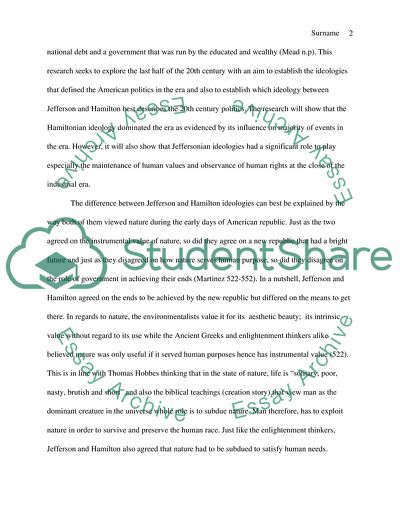Cite this document
(Jeffersonian vs Hamiltonian Visions Essay Example | Topics and Well Written Essays - 2750 words, n.d.)
Jeffersonian vs Hamiltonian Visions Essay Example | Topics and Well Written Essays - 2750 words. https://studentshare.org/politics/1851023-jefferson-v-hamilton-in-the-20th-century
Jeffersonian vs Hamiltonian Visions Essay Example | Topics and Well Written Essays - 2750 words. https://studentshare.org/politics/1851023-jefferson-v-hamilton-in-the-20th-century
(Jeffersonian Vs Hamiltonian Visions Essay Example | Topics and Well Written Essays - 2750 Words)
Jeffersonian Vs Hamiltonian Visions Essay Example | Topics and Well Written Essays - 2750 Words. https://studentshare.org/politics/1851023-jefferson-v-hamilton-in-the-20th-century.
Jeffersonian Vs Hamiltonian Visions Essay Example | Topics and Well Written Essays - 2750 Words. https://studentshare.org/politics/1851023-jefferson-v-hamilton-in-the-20th-century.
“Jeffersonian Vs Hamiltonian Visions Essay Example | Topics and Well Written Essays - 2750 Words”. https://studentshare.org/politics/1851023-jefferson-v-hamilton-in-the-20th-century.


